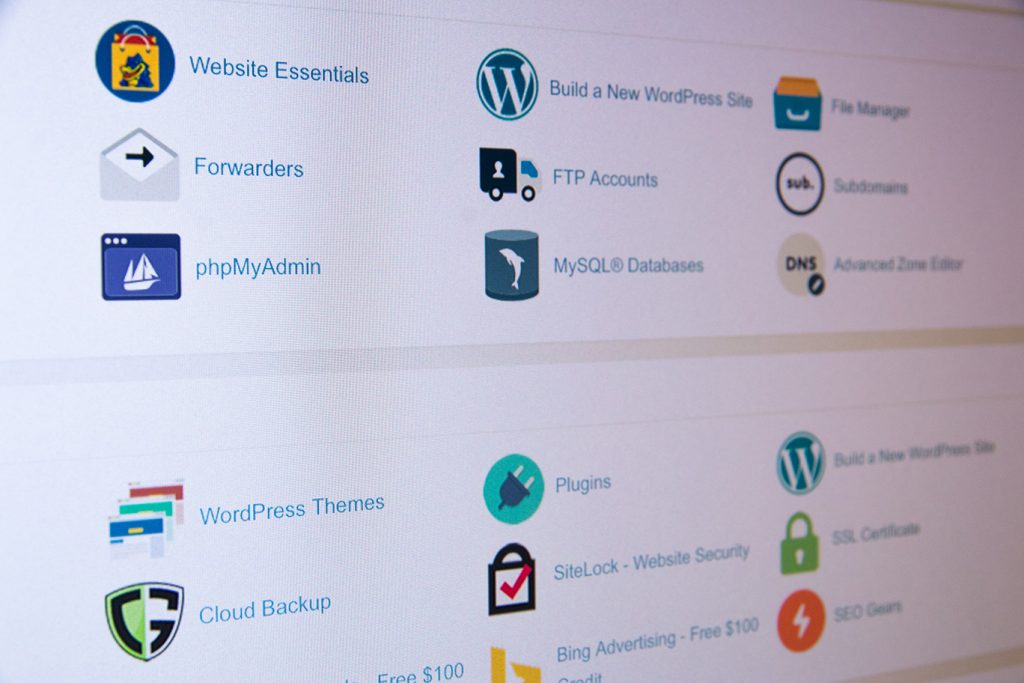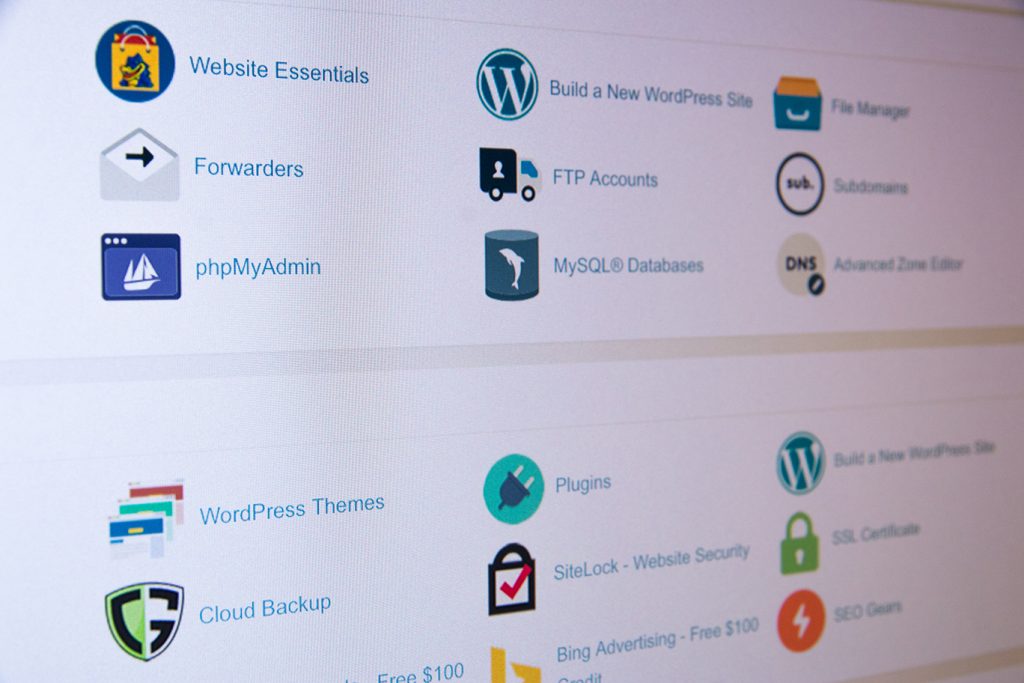Just about everything in the world of technology evolves at such a rapid rate that, for the average consumer, can be an ongoing battle to keep up with. Look at smartphones for example, they are getting bigger and more powerful every few months, or the size and clarity of computer monitors or television screens that just keep improving. This kind of evolution isn’t only limited to physical hardware, but it also applies to computer software and even web design.
Have you noticed how most modern websites that you visit are always quite similar in the way that they function and look? This is due to web designers and developers following the most recent web trends in order to ensure that the websites they produce meet the expectations of those who use them. Although this can sometimes lead to a lack in creativity or uniqueness in websites as a whole, it does at least create a relatively streamlined experience for the average consumer. Most web trends tend to have a large life cycle of 12-24 months before being replaced with something new and, with the new year well and truly under way, it’s time to have a look at what trends are becoming popular in the world of web design.
Simplicity, Simplicity, Simp…
Over the last few years it’s become widely accepted that minimalism and simplicity in web design is the key to creating an amazing experience for website visitors, and this trend is set to continue. The saying “less is more” really is true when it comes to web design, with many designers finding it acceptable to continue removing non essential design elements in favour of blank space and engaging headlines and content blocks.
Over the past few years it was also extremely common to see most websites sporting a rather large background image within the header of their pages and, although this is still an amazing visual addition to a website, you may begin to see a little less of it as more and more designers opt out of using an image and use a solid colour in it’s place.
As a note to this point however, it’s been widely accepted that strong visuals, such as infographics and videos, can turn a bland website into one that truly meets the expectations of users. With that being said, the design of strong visuals are becoming more simplistic in order to allow for quicker understanding, reading and improved aesthetics.
Scrolling One Pagers
It’s become more and more of a trend to create single page website that avoid web users having to load a new page in order to find the content they are looking for. Many developers have opted for the creation of a menu that, when clicked, scrolls the users viewport to a different section on the same single page. This has predominantly been introduced to make it easier for smartphone users due to less load time and limited data packages seeing as most of us access the internet in that manner nowadays. Expect to see an increase in the amount of one page websites being created throughout 2015.
Goodbye Stock Photographs
How often do you visit different websites only to see that many of them have the exact same photographs and images on them? Stock photography has been an extremely popular method for web designers to make use of photographs and pre-designed images in order to enhance website with little cost, however with everyone purchasing stock images many website have begun to look the same. It’s slowly been becoming a trend for designers to begin taking high quality photographs of their own, or hiring someone to do so on their behalf, in order to create more of a unique look and avoid using the same bland stock images that everyone else is using. If you’re a designer, this is definitely something to take note of and begin implementing into your own designs as no one likes looking at the same, terrible looking stock images over and over again.
Big, Bold Headings
What better way of capturing the attention of website visitors than presenting an overly large heading within the header of a page! It’s almost always been common practice for designers to ensure that there is room within their designs header to fit a large enough heading to describe the page, but now they are getting bigger, bolder and better. Expect to begin seeing more website adopt an unavoidably large heading that captures your attention and gives a good, quick understanding of what the page is about.
Video Backgrounds
The use of video background made for a big hit during 2014 and has no signs of slowing down. The use of a video as a background, either for the entire page or a section, has proven to increase user engagement and emotion, assisting to build a stronger link between the visitors and websites. You’ll see more and more websites adopt videos as background in place of images and solid colours, predominantly from startups and those within creative industries.
Why Should Designers Adapt
Most web design trends aren’t so much created in order to be unique, but more so in order to properly serve a website in the best way for visitors. With the majority of people accessing the internet from their smartphones, tablets and other small portable devices it’s become important to ensure that websites can be viewed well on these devices. Due to the nature of wireless internet access, the current web design trends have been adapted to ensure correct website display, fast load times and minimal data usage. This is also where reliable web hosting comes in handy, as it helps reduce those slow mobile load times. As a designer or developer it’s your job to serve up a website that meets these requirements and ensure the positive browsing experience of web users.








